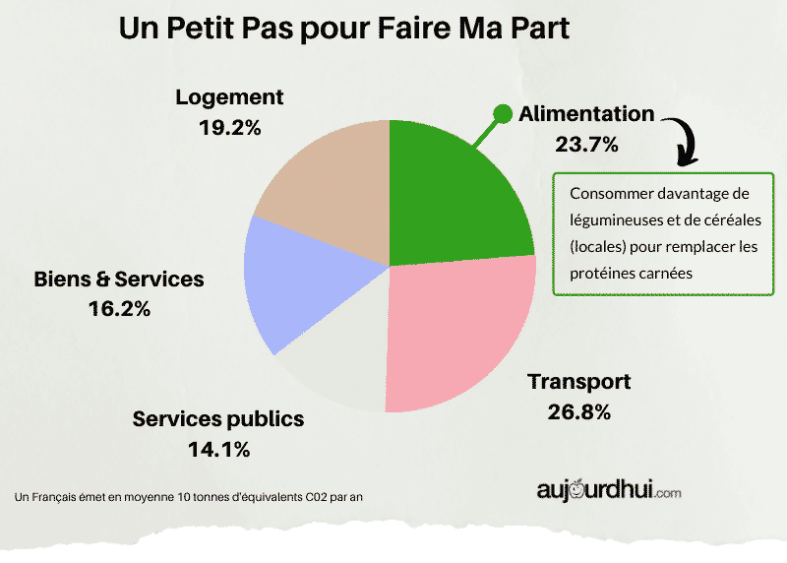
Give vegetables the leading role
More and more people are eating low-carbohydrate. This means, among other things, less bread, but also less potatoes, rice and pasta with the hot meal. Putting that hot meal of carbohydrates on the table sometimes costs some headaches. We give you 7 handy recipe ideas.
1. Low-carb stew
Did you know that you can easily make stews low in carbohydrates? You do this by ensuring less potatoes in that stew. Super simple: replace the potatoes with vegetables. This can be done very simply by changing the ratio of vegetables and potatoes. Do you normally make a stew of 1 kilo of potatoes and 500-600 grams of vegetables? Then make the recipe with only 500 grams of potatoes and 800-1000 grams of vegetables. Or you can partially or completely replace the potatoes with parsnips, celeriac or cauliflower. Pureed, this looks just like mashed potatoes with the other veggies tossed in. Tip: more vegetables and less potatoes makes the stew moister. Therefore, add less or no milk.
2. Potatoes different
If you would like to put a meat-potato-vegetable meal on the table, replacing the potatoes with parsnips or celeriac is a good idea. Cut the parsnip or celeriac into strips the size of French fries. Toss with a little olive oil and some salt (optionally some paprika). Spread the vegetables on a baking tray covered with baking paper in the oven and bake the vegetables at 200 degrees Celsius in about 25 degrees Celsius until tender and brown.
3. Quiche without bottom
Have you ever made a savory pie? Such a puff pastry or savory pie crust contains a lot of carbohydrates. You can also omit the bottom. You can make a leek pie, for example, by stir-frying 700 grams of leeks in rings with salt and pepper. Let the moisture evaporate well. Mix the leek with strips of bacon and let it cool down a bit. Beat 4 eggs with a tablespoon of cream. Grease a quiche tin and set the oven to 200 degrees Celsius. Mix the eggs with the leek. Put it all in the quiche mold. Sprinkle with some grated farmer’s cheese and bake the quiche without a bottom in the oven for 20-25 until done and brown. You can of course also do this with many other vegetables, or with mixed vegetables.
4. That’s a different (pan)cake
Most flours are packed with carbohydrates (yes, spelled flour too), so pancakes are carbohydrate-rich. But you can also let vegetables play the leading role in pancakes. Grate 3 courgettes (about 500 grams) and press out the moisture well. Mix this with 3 beaten eggs, 100 grams of almond flour and 3 tablespoons of grated Parmesan cheese. Leave this alone. Heat oil in a frying pan. Bake 4 thick pancakes. Delicious to serve with slices of smoked salmon, some sour cream and a little rocket or lamb’s lettuce.
5. Cauliflower couscous
Rice and couscous are also packed with carbohydrates. You can of course just grind cauliflower (or buy ground cauliflower/cauliflower rice) and serve it instead of rice or couscous. But you make it tastier if you pimp the ground cauliflower. Heat 2 tablespoons of olive oil in a wok and gently fry 1 chopped onion and 2 chopped garlic cloves. Fry the cauliflower couscous (from 1 cauliflower) along with 1 teaspoon ground cumin and 1 teaspoon ground coriander and a little salt and pepper. Delicious with fresh coriander or fresh parsley. Serve this with a curry, ragout, fried meat or fish and of course a large portion of other vegetables.
6. Great pasta
Whether you take white, whole-wheat or spelled pasta: all types mainly consist of carbohydrates. You really save on carbohydrates in a pasta meal by replacing the pasta with… vegetables. With a handy spiralizer you can make spaghetti strands from courgettes. Boil it for 1 minute and toss with some olive oil. Delicious with any pasta sauce. Or use a cheese slicer to slice thin slices of the zucchini that you cut into strips like a vegetable tagliatelle. This can also be done with celeriac, parsnip and carrot. Or how about a lasagna where you replace the lasagne sheets in the recipe with thin slices of zucchini or aubergine.
7. Meal Soup
Once a week soup on the menu is not a bad idea, especially if you stuff that soup with vegetables. Think of a stuffed vegetable soup, a tomato vegetable soup or a chicken vegetable soup. Of course without vermicelli or rice because that’s exactly where those carbohydrates are. You can also make a hearty soup from one type of vegetables. Think of pumpkin, parsnip, broccoli or zucchini. These types of soups are delicious if you puree the cooked vegetables with the cooking liquid or some stock into a thick soup. Serve with, for example, chopped nuts, roasted seeds and a dash of cream.
Note: it is more than leaving out carbohydrates
If you eat low-carb, be careful that you also adjust the rest of your eating pattern. It is important that your meals are satiated and that your diet is optimally composed. A well-composed low-carbohydrate diet contains all the vitamins and minerals you need. But then you have to put it together correctly. Consider a visit to a dietician. In a few appointments, he will teach you the tricks and tailor-made advice that is suitable for you. Definitely necessary if you want to eat low-carb for a longer period of time.















